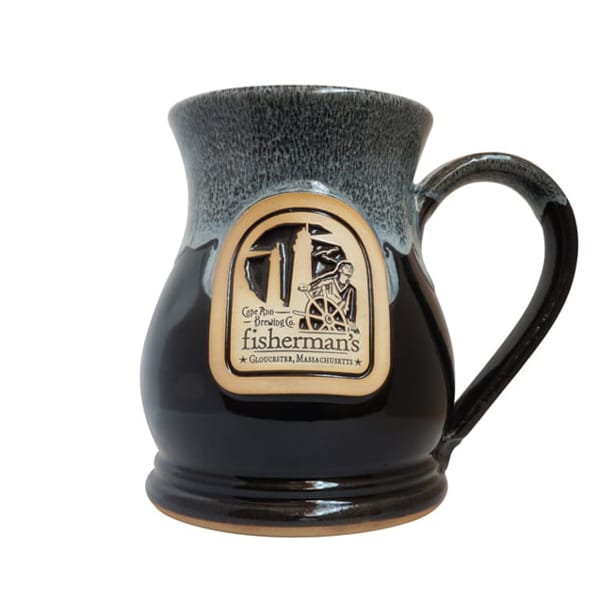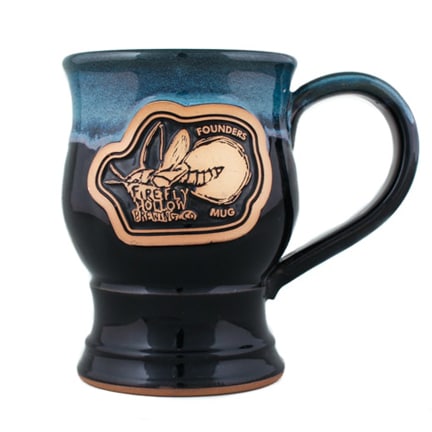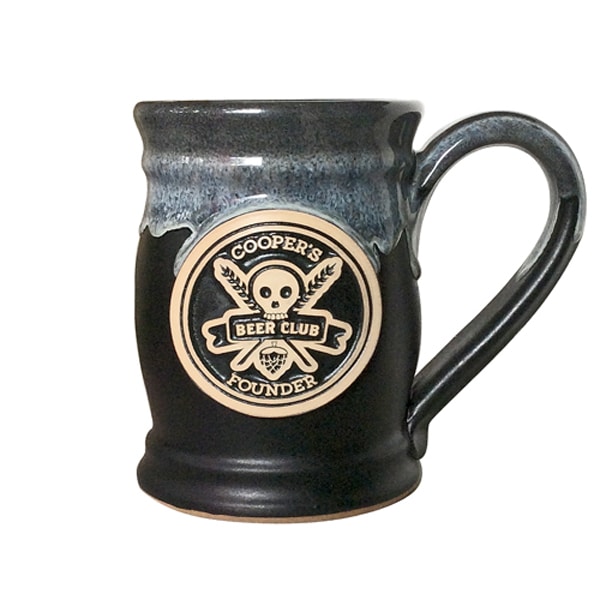Perhaps it’s their heft and contour bringing a unique drinking experience to the user. Or, maybe it’s the commemorative symbols they often bear after customization. Whatever the reason, people are drawn to beer steins. Head to a local brewery or brewpub and you’re likely to find a collection of custom steins on a merchandise shelf or as décor.
At Grey Fox Pottery, we provide businesses with the unique opportunity of customizing mugs and steins to the aesthetic standard of their brand. Our artists build each piece of stoneware by hand, and our love for our craft is unmatched. This post is a comprehensive guide to beer steins that covers everything from the history of the stein through its uses today.
A Brief History of Steins
We all associate steins with Germany – as we should. After all, “stein” is German for “stone.” In fact, old references to the stein as a drinking vessel were generally in the form of “steinzeng” (stoneware) or “steinkrug” (stoneware jug).
The first formation of the stein began following earthenware experiments that resulted in the discovery of stoneware. A welcome discovery for its break-resistant form and lack of pores, stoneware quickly became a staple of everyday homewares.
But how did the stein get its form in the way we know it today? Tall, smooth stone, big handle, the hinged lid over the top… Well, the stein as we know it started in the 14th century and developed over the course of a few hundred years.
The story goes that Europe needed hygienic-capable dishware—something easy to clean—that could simultaneously keep flies away from food. They believed it was the flies landing on plates and cups that increased the spread of the bubonic plague. Well – stoneware is easy to clean and durable! So, they threw a lid over a giant stone vessel and now we have the stein.
Steins Today
Used primarily for practical purposes in its original form, the stein has become that and then some in today’s age. A stein has come to represent a monument, an organization, an event – something greater than stoneware. Fundraising organizations use them as event gifts. Breweries and bars use them during Oktoberfest and throughout the year as part of mug clubs.
Customization
Thanks to the very nature of clay and stoneware formation, beer steins may be customized for size and shape. At Grey Fox Pottery, for example, each model stein has its own unique appearance. To name a few options, we offer styles including (but not limited to):






Steins may also be customized in color and glaze to match business branding or event themes. Some organizations like going with a traditional, sleek look while others want a gradient to match the holidays or fundraising and awareness campaigns.
Beer Steins – The Glazing Process
Wondering how the glazing process works? A glaze is a liquid form of finely ground minerals applied to stoneware surfaces via dipping, pouring, or brushing. Once the glaze dries, the steins are loaded into a kiln and fired until the glaze forms that glossy, smooth surface.
Colors can be added via stain into the glaze mixture itself or applied onto the stoneware prior to applying the glaze. Factors that may influence the color in ceramics include glaze composition, the temperature of the kiln, and the atmosphere of the kiln during firing and cooling. And common additives in reaching certain colors include cobalt oxide, chromium oxide, and iron oxide.
Grey Fox Pottery – Wholesale Beer Steins with Your Logo on Them
Located in the arts district in Minneapolis, Grey Fox Pottery supplies businesses and organizations across the nation with quality, handcrafted stoneware. Our skilled artists can take on the work for local breweries and coffee shops as well as the needs of festivals and attractions.
Want to learn more? Call our office or send an email today.
